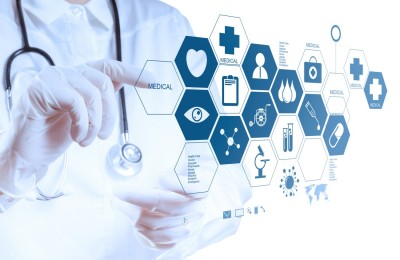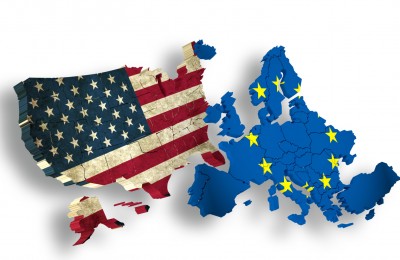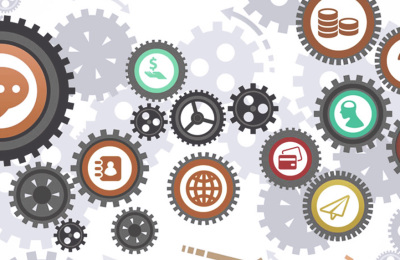First responders are the groups of people, services and organizations with specialized skills and qualifications, whose duty is to arrive first to the emergency zone, rescue operations, and perform crisis management in natural or humanmade disasters. The first responders mainly consist of firefighters, emergency medical services, and law enforcement agencies. Depending on the impact and effect of the disaster, the sectors react to the emergency event individually as well as together. Their duty is hard and critical since lives and valuable assets are in the focus of their operations under high level of stress and uncertainty associated with the type of the event. For instance, the first responders were the first victims infected by the previously unknown SARS virus, when they cared for patients infected by the virus. It is a fact that, first responders need to be protected, connected, and fully aware of the emergency event so that they can efficiently and effectively save and rescue lives without exposing their lives or the operation to risks. Although first responders provide secure and safe societies by protecting the communities, responding to the disasters and rescuing lives, they often use inefficient, weak and obsolete technologies in the operations2. With respect to the current situation, the operational capabilities of the first responders can be dramatically boosted by the advances in technology and engineering fields such as smart sensor systems, wearables, data processing, data fusion, data analytics, communication infrastructure, and artificial intelligence tools. According to the gap-analysis in “The International Forum to Advance First Responder Innovation” (IFAFRI), there are four topics which arise namely:
- Real-time localization and real-time monitoring of first responder team members,
- Detection of surrounding threats and risks,
- Fusion of information from several types of sources,
- Presentation of fused information via user-friendly displays
In this respect, the main objective of the TeamAware Project is to develop an integrated and cost-efficient situational awareness system for first responders from different sectors with heterogeneous and hardly interoperable sensor units including drone mounted, wearable, and external sensor systems. Thus, TeamAware enhances crisis management, flexibility and reaction capability of first responders from different sectors through real-time, fused, refined, and manageable information by using highly-standardized augmented reality and mobile human machine interfaces.
In the project, SRDC will develop TeamAware Secure and Standardized is to establish a cloud-based secure network. All of the components of TeamAware will communicate over this network, which means it will be at the core of the architecture. The network will use standard based data models and APIs in order to enable wider adoption of our platform. We plan to integrate it to existing first responder Operation Centers. In this respect, SRDC is WP9 Secure and Standardized Communication Network leader and in this work package SRDC will lead “Task 9.1 Secure network architecture and domain ontology” and “Task 9.4 Validation of network communication”. SRDC is also TeamAware standardization task leader and dissemination and communication manager.
| 1. | Havelsan | Turkey |
| 2. | TREE | Spain |
| 3. | Thales | France |
| 4. | EUCENTRE | Italy |
| 5. | AITEX | Spain |
| 6. | Microflown AVISA | Netherlands |
| 7. | DUNE | Italy |
| 8. | INNOVAINTEGRA | United Kingdom |
| 9. | SRDC | Turkey |
| 10. | AIT | Austria |
| 11. | Fraunhofer | Germany |
| 12. | LUCIAD | Belgium |
| 13. | ENIDE Solutions | Spain |
| 14. | Sabanci University | Turkey |
| 15. | CERTH | Greece |
| 16. | ETICAS Foundation | Spain |
| 17. | SIMAVI | Romania |
| 18. | Resilience Advisors Europe | Ireland |
| 19. | Bursa Büyükşehir Belediyesi | Turkey |
| 20. | AAHD | Turkey |
| 21. | AHBVP | Portugal |
| 22. | JOAFG | Austria |
| 23. | SPP | Romania |
| 24. | HSEPC | Greece |









